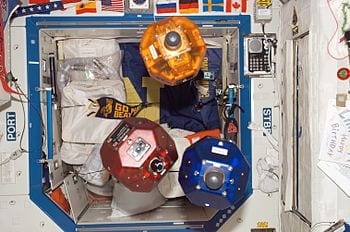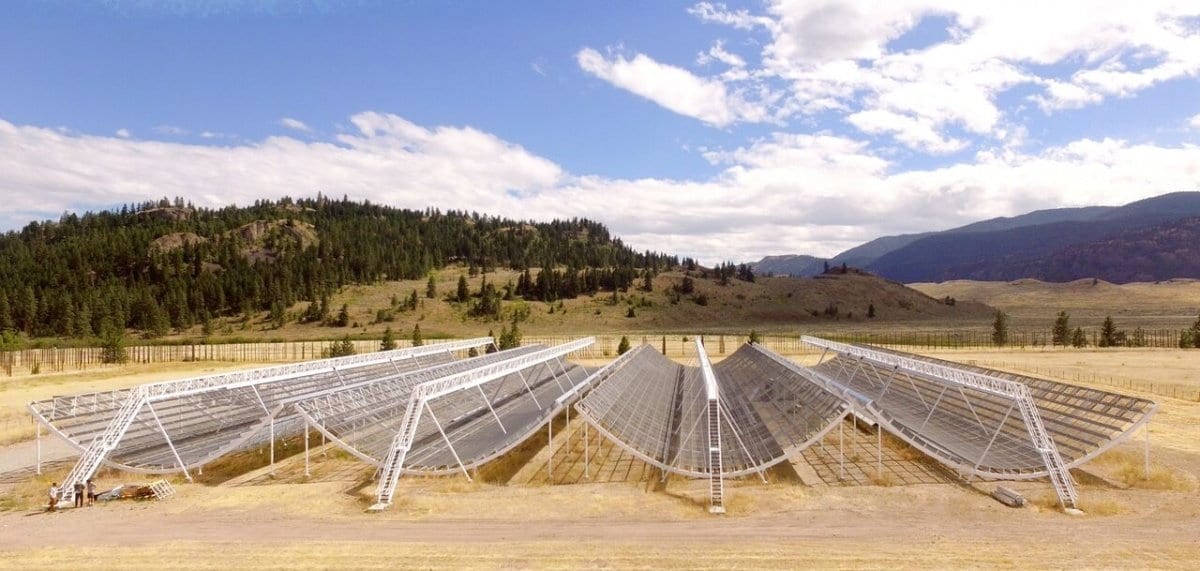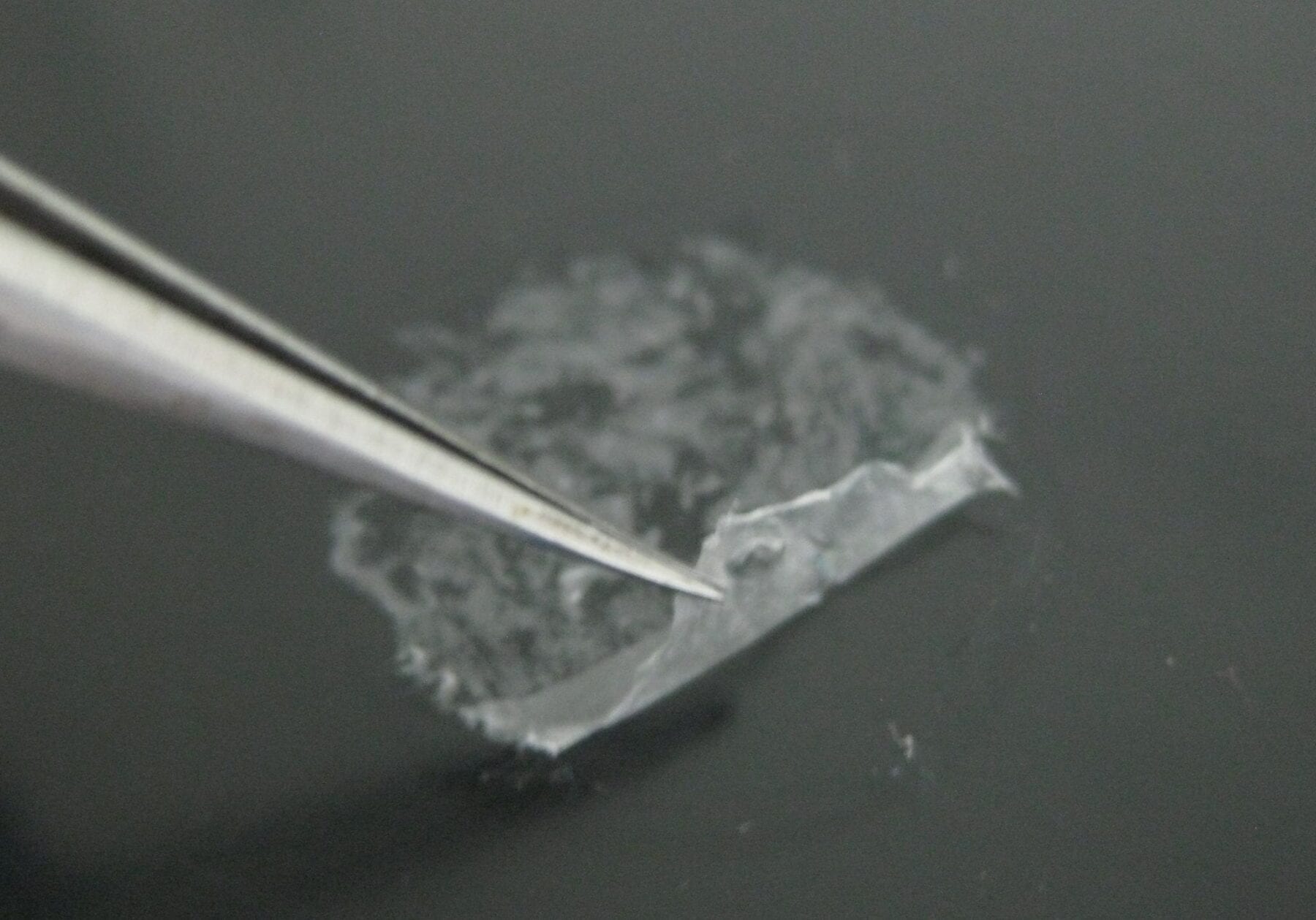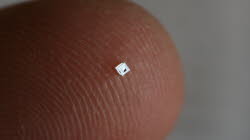
Paves the Way for Future Deep Space Missions Including Asteroid Exploration
In a breakthrough that will help make it possible for astronauts and robots to work together in deep space, researchers at the Lockheed Martin
Advanced Technology Center (ATC), working with NASA astronauts aboard the International Space Station, have demonstrated coordinated control of robots in space by astronauts in space and operators on the ground. The breakthrough is the first-ever demonstration of such collaborative tele-operations. The maneuvers create new opportunities to extend the reach of human and robotic missions in Earth orbit and beyond.
Astronaut Karen Nyberg and ATC engineer Humberto Ormeno used an ATC-developed, 3-D user interface to command NASA’s Synchronized Position Hold, Engage, Re-orient, Experimental Satellites (SPHERES) robots on the space station. Inside the space station, the robots (each about the size of a soccer ball) were commanded in “follow-the-leader” exercises and simulated approach-and-docking maneuvers, like those required for in-space assembly of large space structures and asteroid exploration. There is also flexibility within the system, meaning automated control of one or more robots can be combined with manual control of another.
Remote commanding of robots in space, or tele-operation, poses several unique challenges. Commands and telemetry can take one to three seconds to travel between space and the ground via satellite relays, forcing remote operators to predict the effects of their actions using old data. Delicate components designed for weightlessness can be damaged by accidental collisions or even exhaust gases produced by other satellites, so safe maneuvering is essential. The work on the space station is demonstrating how to deal with the time delays associated with signal transfer from the ground.
“The ATC has started to confront these challenges by performing multiple experiments with the SPHERES robots, through a no-cost Space Act Agreement with the International Space Station National Laboratory Office,” said Dr. Nelson Pedreiro, ATC director of Science and Technology. “This technology exemplifies how breakthroughs can be achieved in a cost-effective and agile manner.”
“Supervising a team of robots in microgravity requires intuitive and informative user interfaces so operators can maintain control over sensitive maneuvers without being overwhelmed by details,” says Andrew Zimdars, who leads the ATC effort. “SPHERES enables us to work with the astronauts who will command future exploration missions and develop software technologies that meet their needs.”
The Latest on: Robotics For Space Exploration
[google_news title=”” keyword=”Robotics For Space Exploration” num_posts=”10″ blurb_length=”0″ show_thumb=”left”]
via Google News
The Latest on: Robotics For Space Exploration
- Video: Using a hopping robot for asteroid explorationon May 7, 2024 at 10:16 am
One day the SpaceHopper will be deployed on space missions to explore relatively small celestial bodies such as asteroids and moons. These are thought to contain valuable mineral resources that could ...
- Training For The Cosmos: The Indispensable Role Of Analog Space Missionson May 7, 2024 at 5:59 am
Similarly, my husband, a retired firefighter and paramedic, lived by the creed of training for life-saving precision. The rigorous analog space missions serve as an example of this immersive ...
- ETH Unveils Space-Hopping Robot For Asteroid Exploration Robotics & Automation Newson May 3, 2024 at 12:52 pm
As part of the SpaceHopper project, ETH Zurich students are developing a robot that can navigate very low gravity environments using a jumping-like m ...
- NASA’s Latest Tech Triumphs: AI, Robots & Space Explorationon April 29, 2024 at 10:22 am
Explore how NASA's 2024 breakthroughs in AI and robotics are revolutionizing space exploration and Earth monitoring.
- NASA tests walking robot on Mount Hood for space exploration with universitieson April 17, 2024 at 1:10 pm
MT. HOOD, Ore. (KATU) — Researchers from six universities, including Oregon State, have teamed up with NASA to test a walking robot on the terrain of Mount Hood. They're trying to see how this ...
- Using a hopping robot for asteroid explorationon April 16, 2024 at 3:28 am
One particular challenge of developing exploration robots such as these is the very low gravity prevailing ... the researchers have tested their robot in zero gravity scenarios on a European Space ...
- SwRI demonstrating robotics for in-space manufacturing at Space Symposiumon April 9, 2024 at 12:01 pm
Space-Based Robot Motion Planning — SwRI used a physics ... Camera Vision for Cave Exploration — SwRI used caves as testbeds to evaluate unmanned aerial systems (UAS) for future space ...
- NASA, USC robotics team for space exploration programon April 3, 2024 at 7:42 pm
The University of Southern California's robotics team has teamed up with NASA in an effort to improve the exploration of other ... So far, space-bound robots like the Mars rover have been wheel ...
- Revolutionary Robots Reshape Space Explorationon July 26, 2023 at 10:23 am
as Tokyo-based start-up Gitai pushes the boundaries of robotics for space exploration. Gitai is developing advanced robotics with an ambitious goal: reducing space labor costs by a staggering 100 ...
- Space Explorationon May 9, 2023 at 5:00 pm
On February 7, 1984, astronaut Bruce McCandless ventured out into space and away from shuttle Challenger using only a nitrogen-propelled, hand-controlled backpack Only two robotic missions have ...
via Bing News










